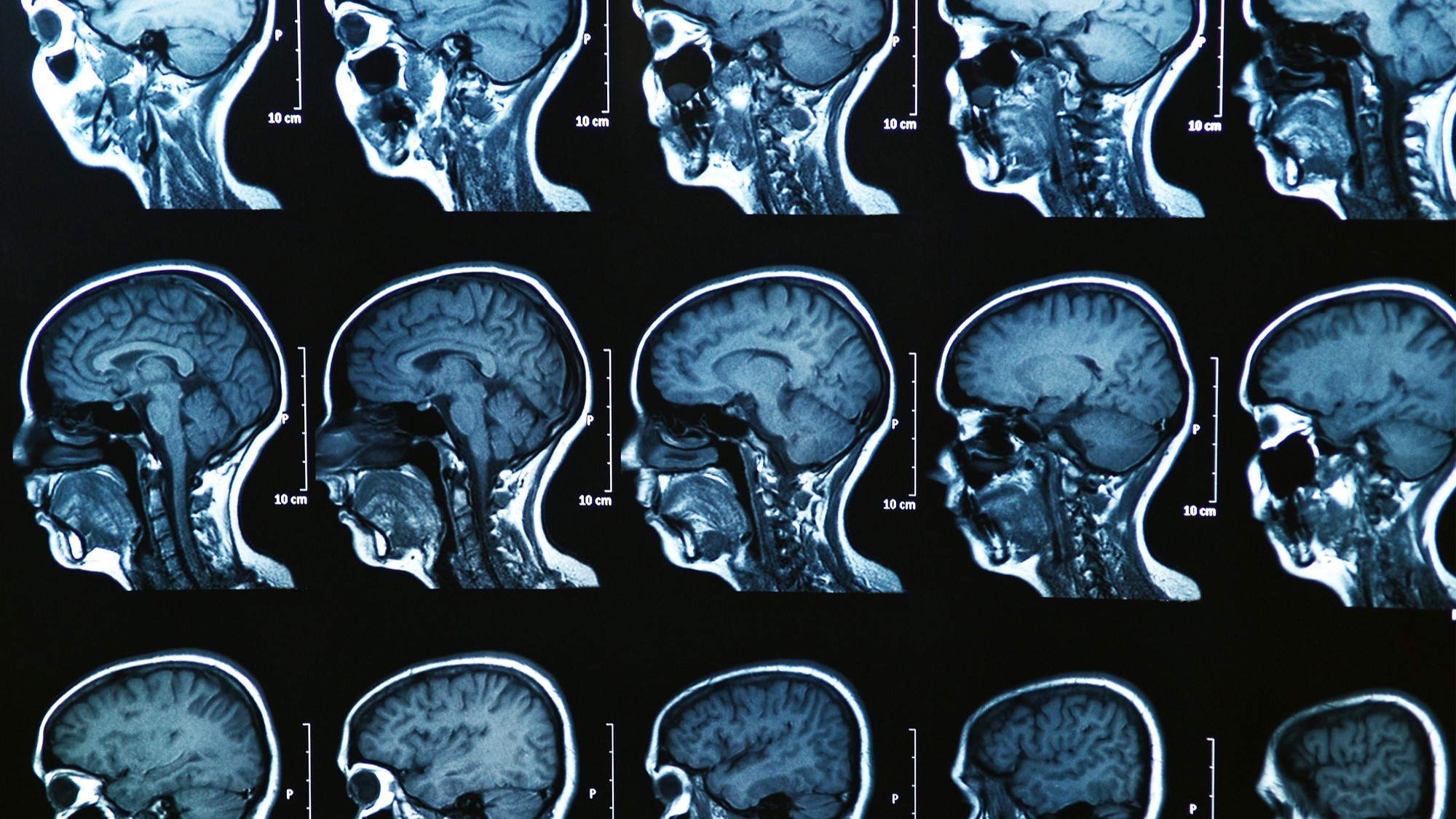
In a groundbreaking study, neuroscientists at MIT have made significant strides in understanding how our brains process and respond to movies. Using advanced brain imaging techniques, the researchers have created one of the most comprehensive brain maps to date, showing how different areas of the brain activate during various movie scenes.
The study, published in the journal Neuron, utilized functional magnetic resonance imaging (fMRI) to observe brain activity in 176 young adults as they watched 60 minutes of popular films, including "Inception," "The Social Network," and "Home Alone."
Unlike previous research that relied on resting-state fMRI scans, this study captured brain activity during real-time exposure to complex stimuli. Dr. Reza Rajimehr, the study's lead author, explained, "With our movie stimulus, we can go back and figure out how different brain networks are responding to different aspects of the movie."
The researchers identified 24 distinct brain networks corresponding to various types of information processing, such as face recognition, speech interpretation, and landmark detection. These networks were found to interact dynamically as movie scenes changed.
One intriguing finding was the role of "executive control" networks in processing complex or ambiguous scenes. When viewers encountered challenging content, these brain areas - typically associated with planning and problem-solving - became more active. In contrast, simpler scenes, like straightforward conversations, primarily engaged language and comprehension regions.
This research opens up new avenues for understanding individual differences in movie experiences. Future studies may explore how factors like age or mental health conditions affect brain responses to films.
As scientists continue to unravel the intricacies of how our brains interpret the world around us, this study provides valuable insights into the neural processes behind our movie-watching experiences. By mapping the brain's response to cinematic stimuli, researchers are taking significant steps toward decoding the complex ways our minds navigate both real and fictional worlds.